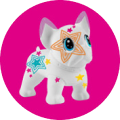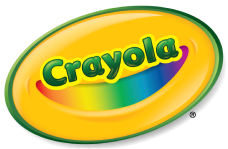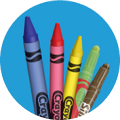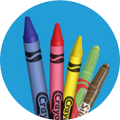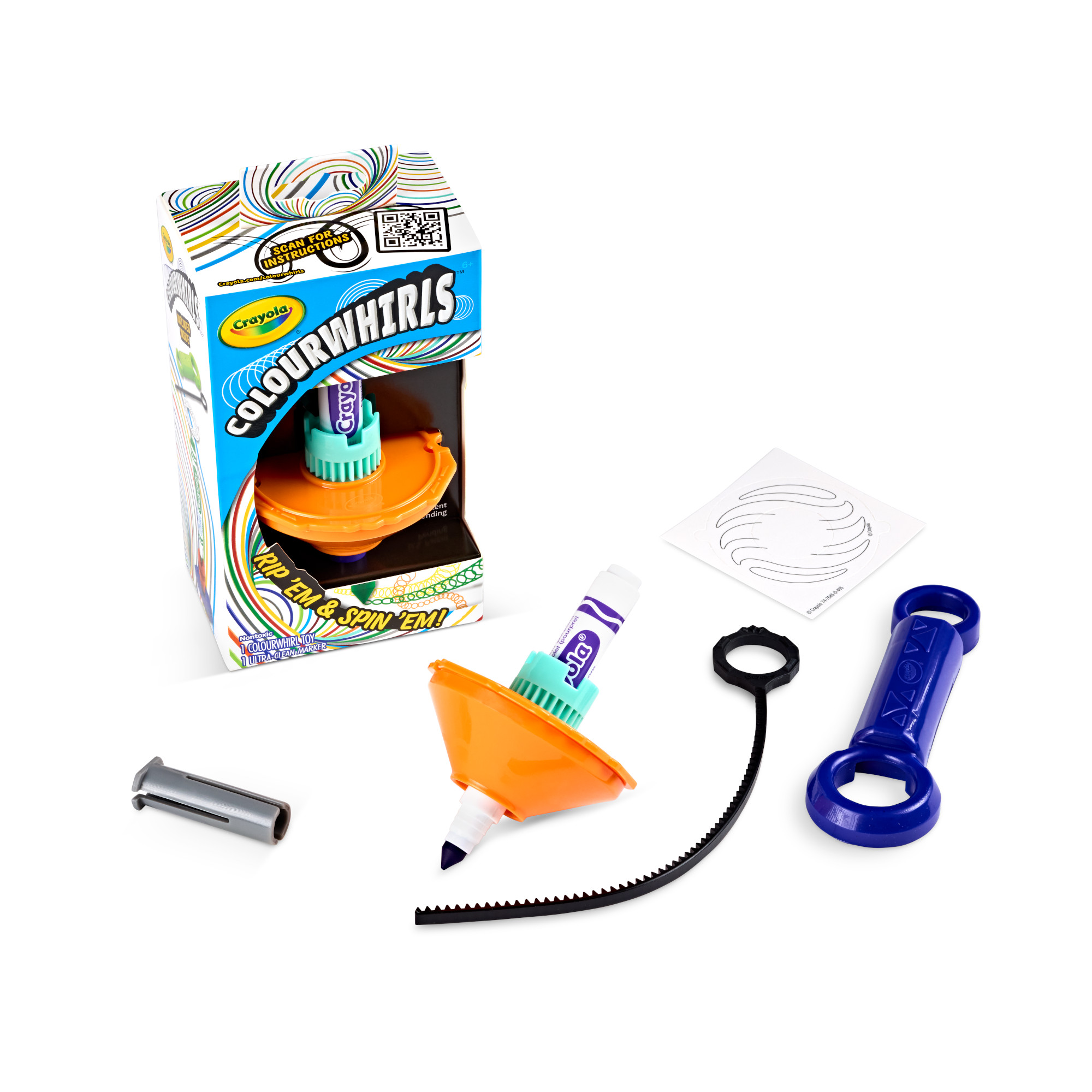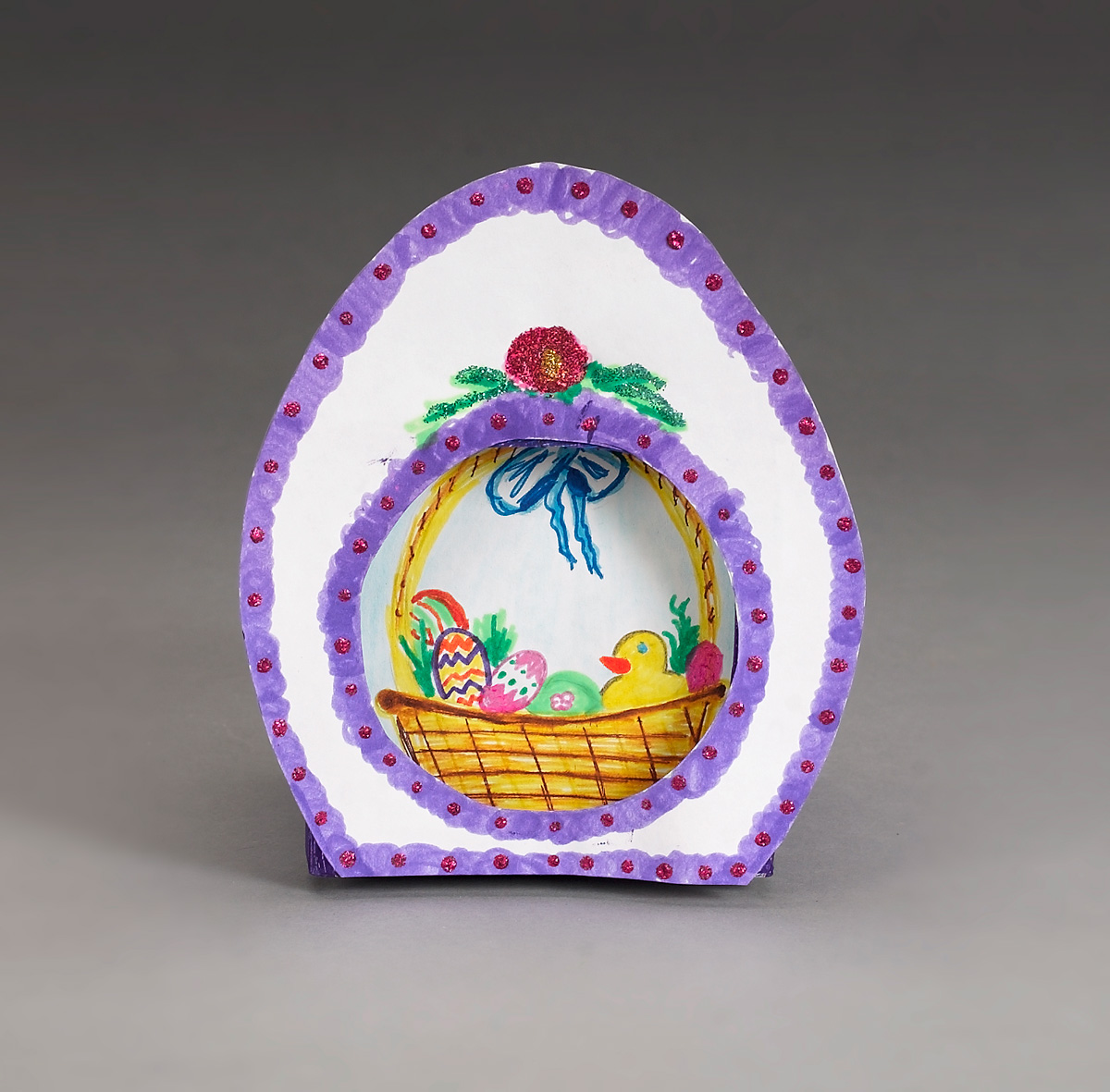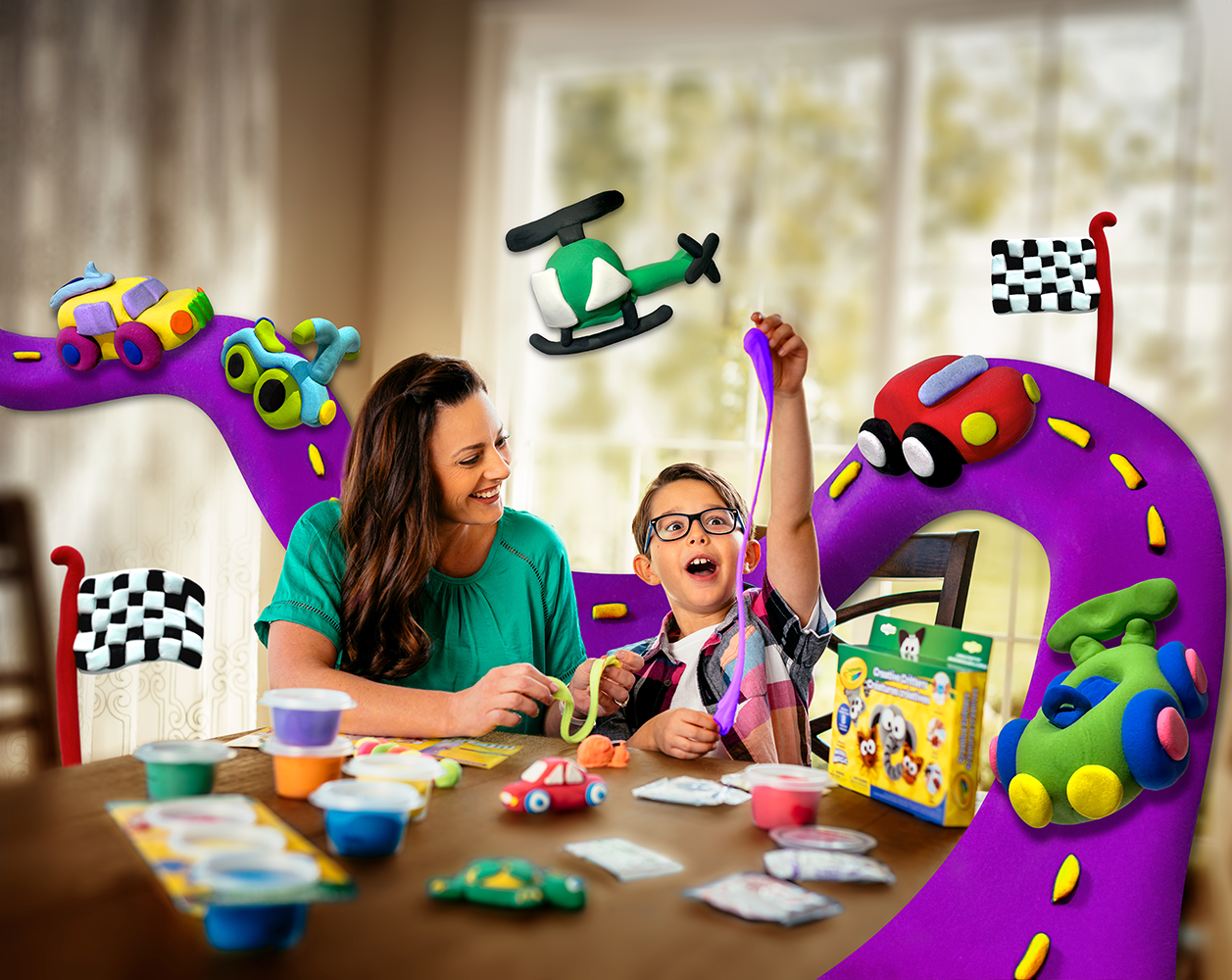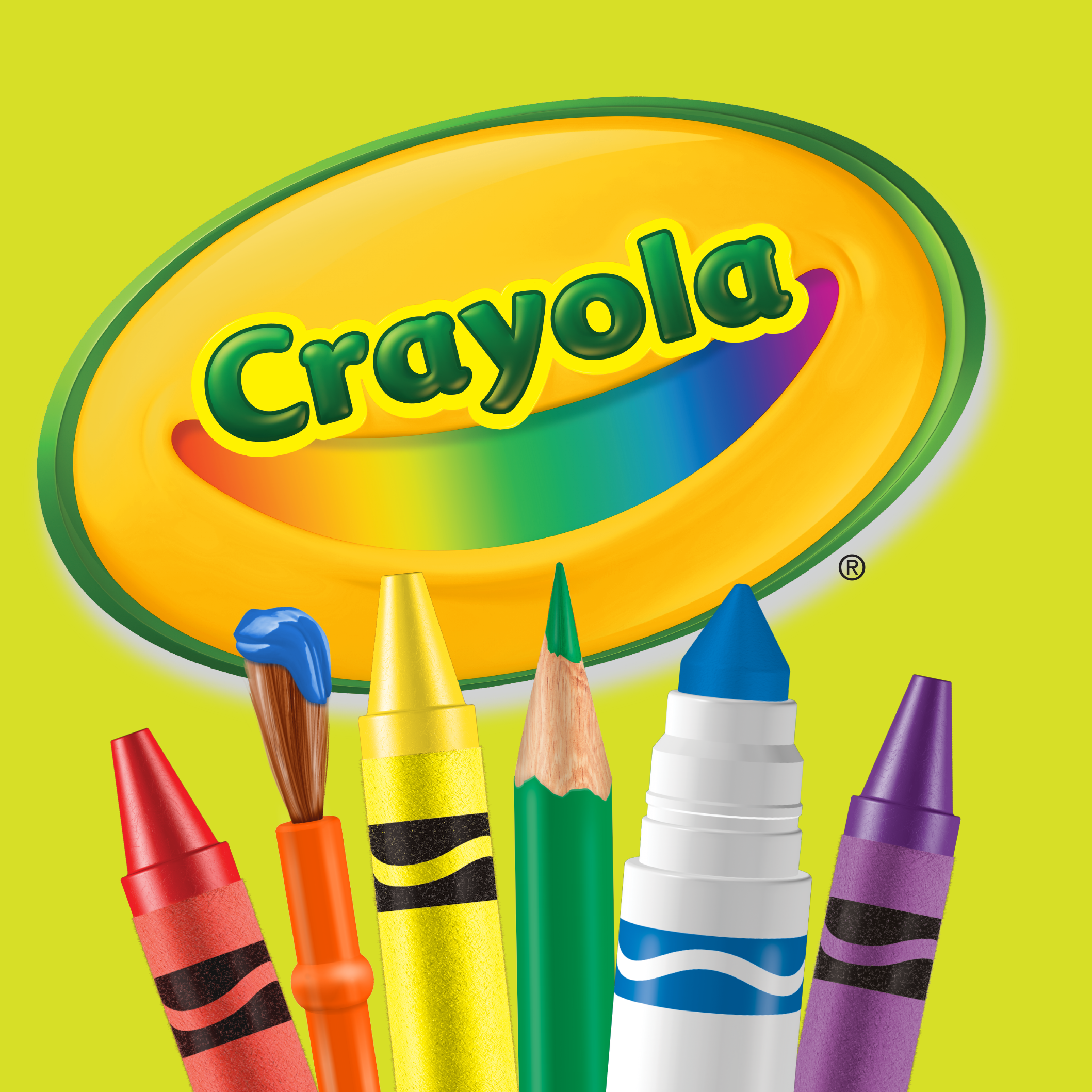Standards
LA: Integrate information from several texts on the same topic in order to write or speak about the subject knowledgeably.
VA: Select and use the qualities of structures and functions of art to improve communication of ideas.
VA: Use subjects, themes, and symbols that demonstrate knowledge of contexts, values, and aesthetics that communicate intended meaning in artworks.
VA: Describe and place a variety of art objects in historical and cultural contexts.
LA: Write informative/explanatory texts to examine a topic and convey ideas, concepts, and information through the selection, organization, and analysis of relevant content.
LA: Engage effectively in a range of collaborative discussions with diverse partners on grade level topics and texts, building on others' ideas and expressing their own clearly.
LA: Report on a topic or text, tell a story, or recount an experience with appropriate facts and relevant, descriptive details, speaking clearly at an understandable pace.
MATH: Understand that attributes belonging to a category of two-dimensional figures also belong to all subcategories of that category.
MATH: Draw points, lines, line segments, rays, angles (right, acute, obtuse), and perpendicular and parallel lines. Identify these in two-dimensional figures.
SS: Describe ways in which language, stories, folktales, music, and artistic creations serve as expressions of culture and influence behavior of people living in a particular culture.
SS: Use appropriate resources, data sources, and geographic tools to generate, manipulate, and interpret information.
VA: Intentionally take advantage of the qualities and characteristics of art media, techniques, and processes to enhance communication of experiences and ideas.
